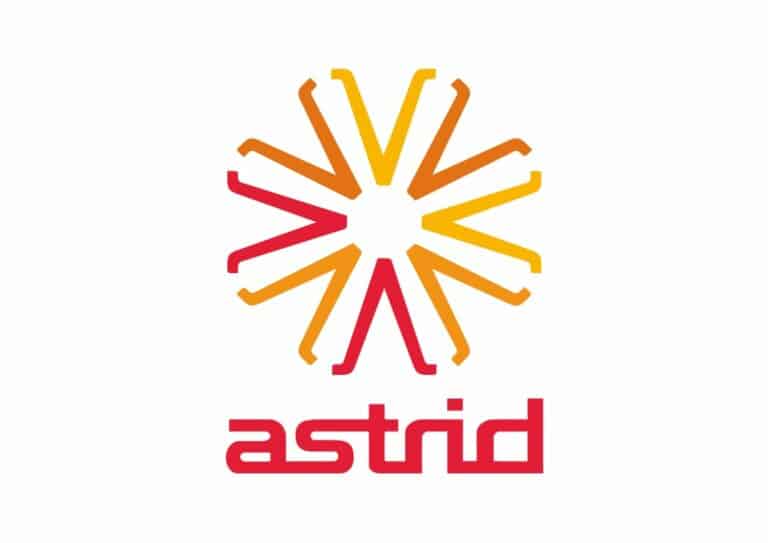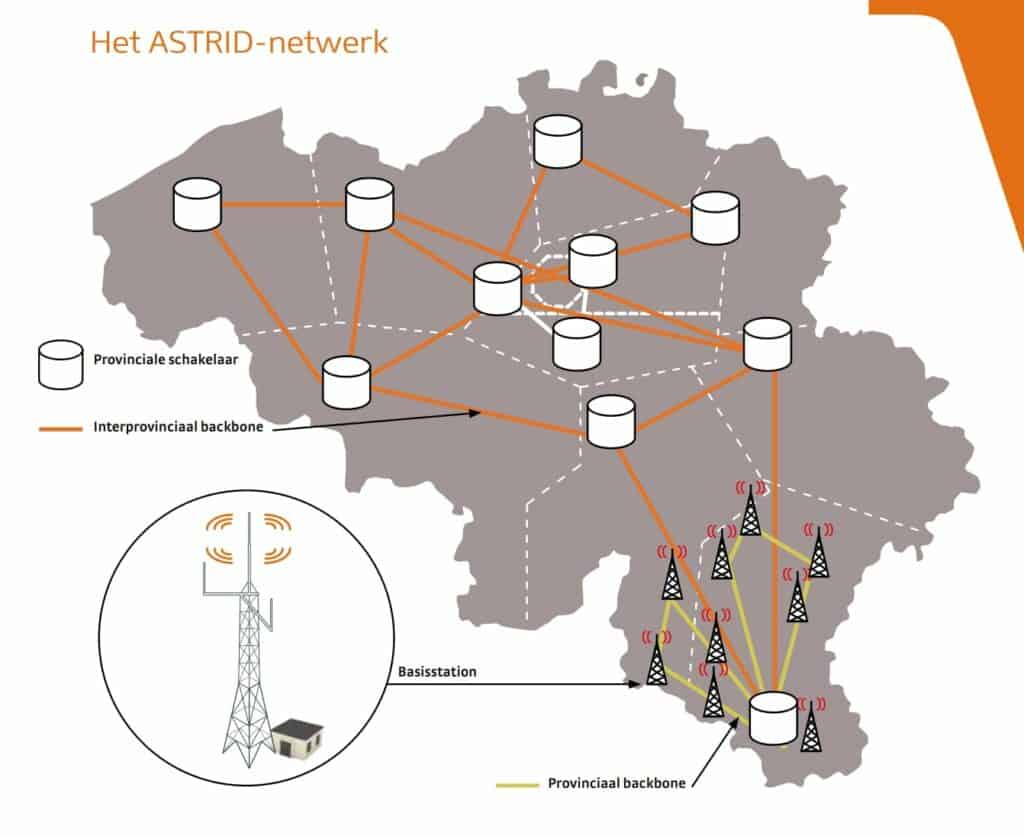
Fiber
More and more businesses are offering “free” Wi-Fi. Why don’t you take advantage of this?
We’ll take care of your connection
A no nonsense network for every sector
Our knowledge accumulated through years of expertise
A company with a passion for technology and signals
 English
English
ASTRID is an abbreviation for All-round Semi-cellular Trunking Radio communication system with Integrated Dispatching. It is a specialised operator that ensures unity and efficiency in communications, with the aim of ensuring the safety of Belgian citizens.
From the start, ASTRID replaced the many small analogue networks and gathered them under one network. In this way, all disciplines (police, fire brigade, etc.) can communicate with each other flawlessly and at all times.
The users of the ASTRID network are divided into 2 categories. The first category is public aid and security services. These include police forces, fire brigades, customs, etc. Category 2 are the organisations that provide services in the field of relief and security or are confronted with public security problems in the course of their duties. The Red Cross, hospitals and public transport companies (De Lijn) are some of the organisations that are in the 2nd category. When should a builder install an ASTRID system?
Figure 1 provides a schematic representation of the ASTRID network. There are 512 base stations, better known as “transmission masts”, scattered all over the country. Calls on the ASTRID network are received by the nearest base station and forwarded to the receiver.
Before the end receiver receives the message, the signal will first be processed in the provincial switch. They process the signal and ensure that the right people receive the call. The provincial switches are interconnected. We call this interconnectedness the interprovincial backbone. It is thanks to this backbone that efficient communication between all emergency services in Belgium can take place.

TETRA is short for TErrestrial Trunked RAdio. This is a European standard that is enforced worldwide. The ASTRID network is also based on the TETRA principles and operates in the prescribed frequency band 380-400 MHz. This frequency band is reserved in Europe for emergency and security services.
The TETRA norm is brought to life by the European institute for telecommunications standards and supported by the european commission. The standard amply meets all the needs of the professionals, which is why it is considered a worldwide standard today.
The map below shows the coverage of the ASTRID network. Depending on the zone in which the industrial building or premises is located, the outdoor signal may or may not comply with ASTRID conditions. The blue and yellow zones have little or no indoor ASTRID coverage and may require an ASTRID amplification system.
Please note that just because you are located in a red zone, you do not automatically need an ASTRID amplification system. Current building methods that use a lot of steel and concrete mayu block many GSM and radio signals, including ASTRID. By means of our Site Survey we measure the quality of the indoor coverage, and if it is insufficient, an ASTRID amplification system will be required.


Xavier is de stuwmotor achter Mercuron. Als CEO en mede-oprichter brengt hij nieuwe communicatietechnieken naar alle gebouwen.

More and more businesses are offering “free” Wi-Fi. Why don’t you take advantage of this?
Dead zones, obstructions and rain are just a few possible causes. Discover the others.

The SAR value is an indication of how much electromechanical radiation is emitted.

Mercuron, a Belgian company, specializes in wireless communication. With our expertise in radio waves, we create ASTRID and mobile phone signal amplifiers from the ground up.